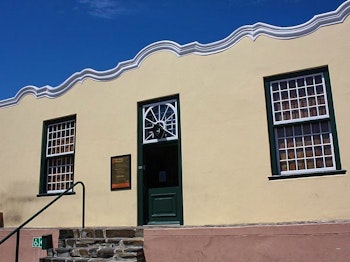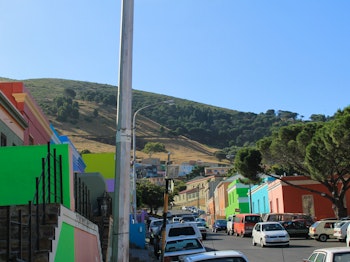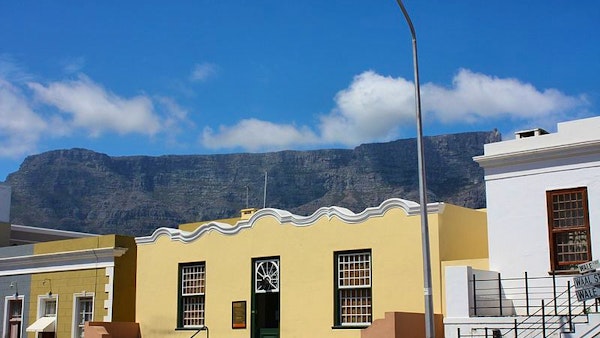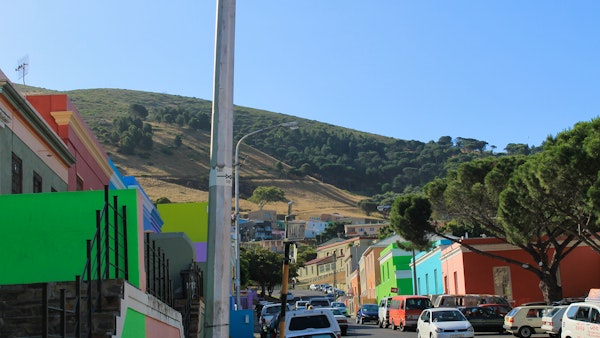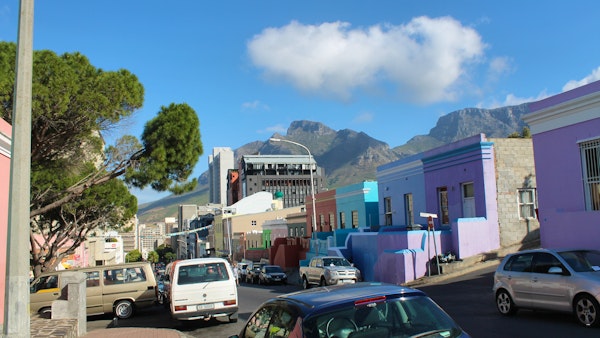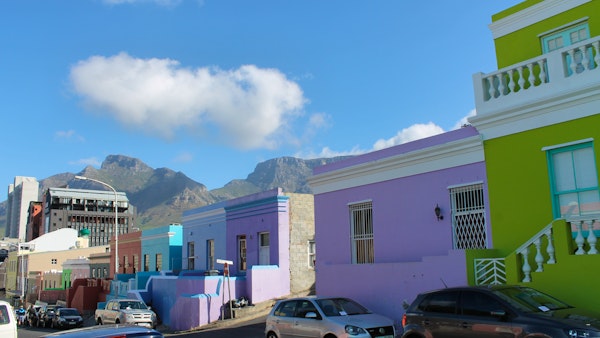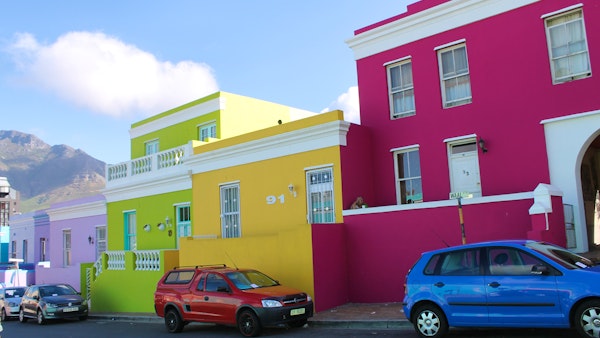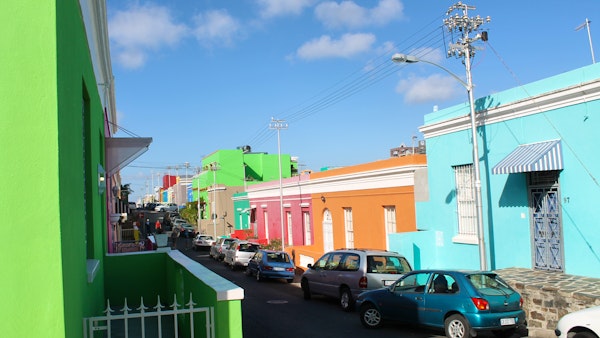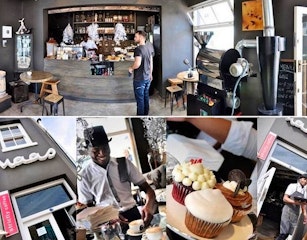Bo-Kaap Museum
Description
The Bo-Kaap Museum in the Cape Town CBD is maintained as a 1760s period house. All furnishings are typical of an 18th century Muslim home and the bedroom is decorated as a traditional bridal suite. The museum is situated in the oldest surviving town residence that belonged to Abu Bakr Effendi who came from turkey. He started a local arabic school and wrote one of the first books to be published in Afrikaans.
Also known as the Malay Quarter, the Bo-Kaap area is nestled at the foot of Signal Hill on central Cape Town's western perimeter. It features steep, narrow streets (many of which are cobbled), brightly colored, single-story, flat-roofed houses and mosques which were originally built in the 19th century to serve the Cape Malay community.
Much of the Cape muslim community draws its roots from slaves brought in from Indonesia and other eastern countries. They were sought after for their skills as tradesman and their cooking skills. When slavery was abolished in the 1830s, many of these slaves settled in the beautiful Bo-Kaap (meaning 'Upper Cape Town'). The Bo-Kaap remains a traditional, devout muslim society to this day that is highly integrated into Cape Town life.
Map
Nearby Attractions
Click here to see more accommodation options
You may also be interested in browsing our selection of accommodation in Bo-Kaap or reading about Bo-Kaap
